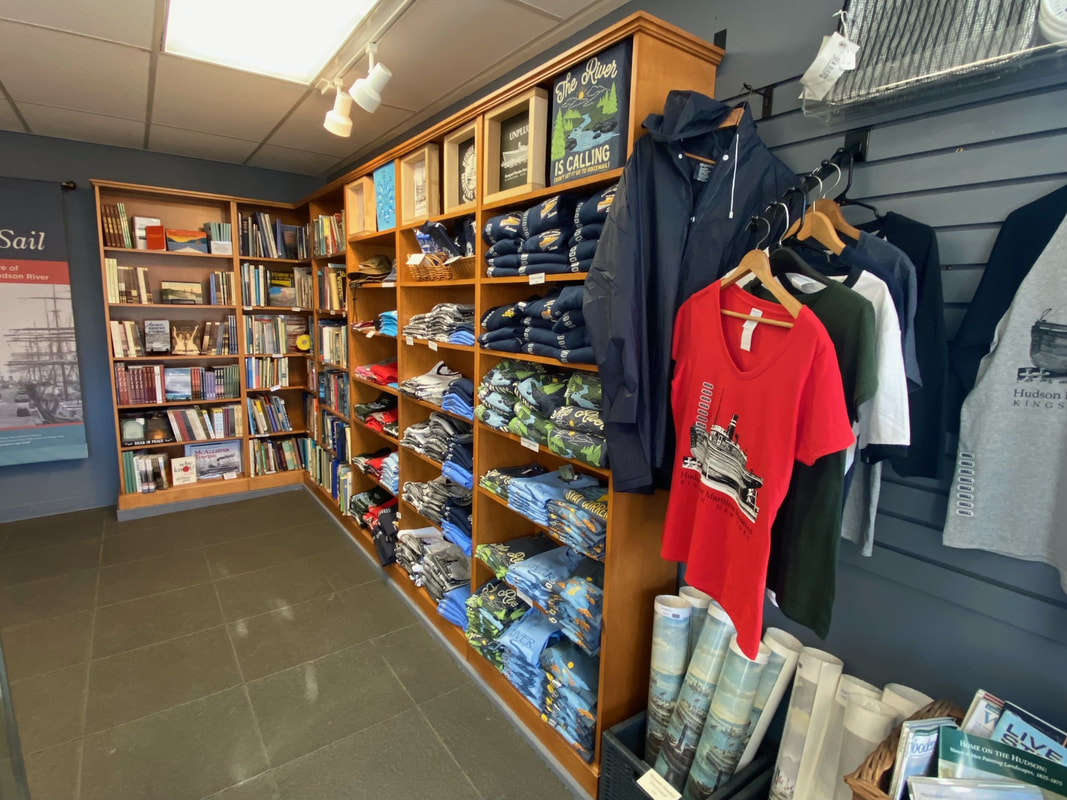|
We are more than excited to host local artist Anna Landewe to teach students how to do scrimshaw and create their own beautifully customized pocket knife! Date: Saturday, August 13, 10AM-3PM Tuition: General Public: $128, Individual Member: $115, Household Member: $109 Material Fee: $40 The art of scrimshaw is considered to be the only truly American Folk Art. The term “scrimshaw” came into usage in the early American whalers’ logbooks in the later 1700s and early 1800s. It was coined to describe the art of carving on ivory or bone that the whalemen practiced to pass the time between whale sightings. These whaling expeditions sometimes lasted 3 or 4 years, with the largest downtime being in between whale hunts. These hunts’ primary goal was the oil produced by rendering down the whale’s blubber and the ambergris (a black tarry substance used in the production of perfume). A by-product of the hunt was the whale’s bones and teeth, which were given to the sailors to carve. This served the dual purpose of keeping them out of trouble on the voyage and providing them with a saleable product to increase their earnings at the end of the voyage. The men would take the raw sperm whale teeth, smooth down the rough outer ridges with knives and use shark skin as natural sandpaper to smooth it further. The final stop before starting to scrim was to polish the tooth with chamois.
The earliest scrimshanders sometimes used a crude version of the stipple method, which pricks small holes into the ivory and fills them with pigment. A more common method was using their sailors’ needles to carve lines into the teeth, which they then filled with pigment. Different pigments were used according to what was available. For black, they used lamp black, a combination of carbon and whale oil. Tea, vinegar, berries, and octopus dye were also used to provide a change of color. Subject matter varies from tales of a whale hunt gone wrong to portraits of their wives and sweethearts. The bone and ivory were made into various practical frivolous objects, including corset stays, hat boxes, rolling pins, swifts, cooking utensils, cribbage boards, and many other things their imaginations could come up with. While the first scrimshaw was mostly done on whalebone and teeth, other ivories were substituted as available. Elephant, hippo, and walrus ivories were not uncommon Pacific dreamscapes. Today we use a variety of ivories, woolly mammoth, fossil walrus, hippo, antique piano keys and ivory cue balls, pre-embargo elephant ivory, antler bone, buffalo horn, and other ivory substitutes. These are used to create intricate pieces of jewelry, pocket knives, and display pieces.
0 Comments
Your comment will be posted after it is approved.
Leave a Reply. |
AuthorStaff and volunteers of the Hudson River Maritime Museum's Wooden Boat School and Sailing & Rowing School. Archives
August 2023
Categories
All
|
|
GET IN TOUCH
Hudson River Maritime Museum
50 Rondout Landing Kingston, NY 12401 845-338-0071 [email protected] Contact Us |
GET INVOLVED |
stay connected |
Proudly powered by Weebly




 RSS Feed
RSS Feed